Snorkeling scooters and scuba Diver Propulsion Vehicles (DPVs) both propel you underwater, but they are designed for vastly different users, depths, and types of dives. This guide directly compares their purpose, design, performance, safety features, applications, and cost to help you clearly understand which device is suitable for your specific underwater activities.
1. Purpose and Usage Depth
- Snorkeling Scooters are generally lightweight, compact, and designed for surface swimming or shallow water use, typically up to depths of around 40 to 100 feet. They are popular for snorkeling and shallow recreational dives, helping users cover more distance with less effort.
- Scuba DPVs are heavier, more robust devices built for deeper and longer scuba dives, often rated for depths of 100 to 500+ feet. They are used in technical diving, cave diving, and professional underwater exploration where extended range and endurance are critical.
2. Design and Build
- Snorkeling Scooters tend to be smaller, handheld, and designed for ease of use with minimal setup. They prioritize portability and simple operation, often with a single trigger or throttle.
- Scuba DPVs are larger, built with pressure-resistant casings and stronger motors to withstand deep water pressure. They often have more complex controls, safety features (like dead-man switches and auto-shutoff), and can carry additional equipment such as lights, compasses, or cameras.
3. Performance and Battery Life
- Snorkeling Scooters typically provide speeds around 3-4 mph, significantly faster than normal swimming speeds (~1 mph), allowing users to explore up to 5 times more area with about 30% less energy expenditure. Battery life ranges from around 1 hour to several hours depending on the model.
- Scuba DPVs offer variable speeds, often between 2-4 mph, with longer battery life and deeper depth ratings. They enable divers to cover several miles underwater, conserve air by reducing physical exertion, and extend bottom time for exploration or technical tasks.
Related reading: Underwater Scooter Battery Life and Runtime: What You Need to Know
4. Energy and Air Consumption
- Snorkeling Scooters reduce physical effort during surface swimming or shallow dives, allowing users to conserve energy and enjoy longer sessions.
- Scuba DPVs significantly reduce the diver’s physical exertion underwater, leading to better air consumption rates and less fatigue. This is especially important in strong currents or during long technical dives, improving safety and dive efficiency.
5. Safety and Control
- Snorkeling Scooters are simpler devices with fewer safety features but are easier to operate for casual users and beginners.
- Scuba DPVs include advanced safety controls such as dead-man switches (which stop the motor if the user releases the trigger), auto-shutdown mechanisms, and neutral buoyancy designs to prevent runaway devices. Proper training is essential to use DPVs safely.

6. Applications
- Snorkeling Scooters enhance snorkeling by allowing users to reach distant reefs, caves, or dive spots quickly and with less effort, making snorkeling more accessible and enjoyable.
- Scuba DPVs are essential tools for technical divers, cave explorers, scientific researchers, and search and rescue teams. They facilitate long-distance underwater travel, carrying heavy gear, and navigating challenging environments.
7. Cost and Maintenance
- Snorkeling Scooters are generally more affordable (around $500-$1000 for recreational models), with simpler maintenance focused on battery charging and motor care.
- Scuba DPVs are more expensive (ranging from $1000 to $3000+), require regular servicing, battery replacement, and careful handling due to their complexity and deeper dive capabilities.
Conclusion
In essence, snorkeling scooters are lightweight, user-friendly options for enhancing shallow-water recreational activities and surface exploration. Scuba DPVs are robust, high-performance vehicles engineered for serious scuba divers undertaking deeper, longer, or more technical underwater missions that demand greater range, depth capability, and safety features. Choose based on whether your goal is casual aquatic fun or advanced underwater exploration.
FAQs
1. Who are snorkeling scooters best for, versus scuba DPVs?
Snorkeling scooters are ideal for recreational snorkelers and shallow-water divers wanting fun and easier surface/shallow exploration. Scuba DPVs are for serious scuba divers, technical divers, and professionals needing to cover long distances at depth or in challenging conditions.
2. What's the key difference in typical usage depth between these devices?
Snorkeling scooters are designed for surface or shallow depths, typically up to 40-100 feet. Scuba DPVs are built for much deeper dives, often rated for 100 to 500+ feet, suitable for technical diving.
3. If I want to cover more area easily while snorkeling, which one is better? What about for conserving air on a deep dive?
A snorkeling scooter is perfect for covering more area with less effort while snorkeling. For conserving air and energy on deep or long scuba dives, a scuba DPV is the appropriate choice due to its design for deeper use and efficiency.
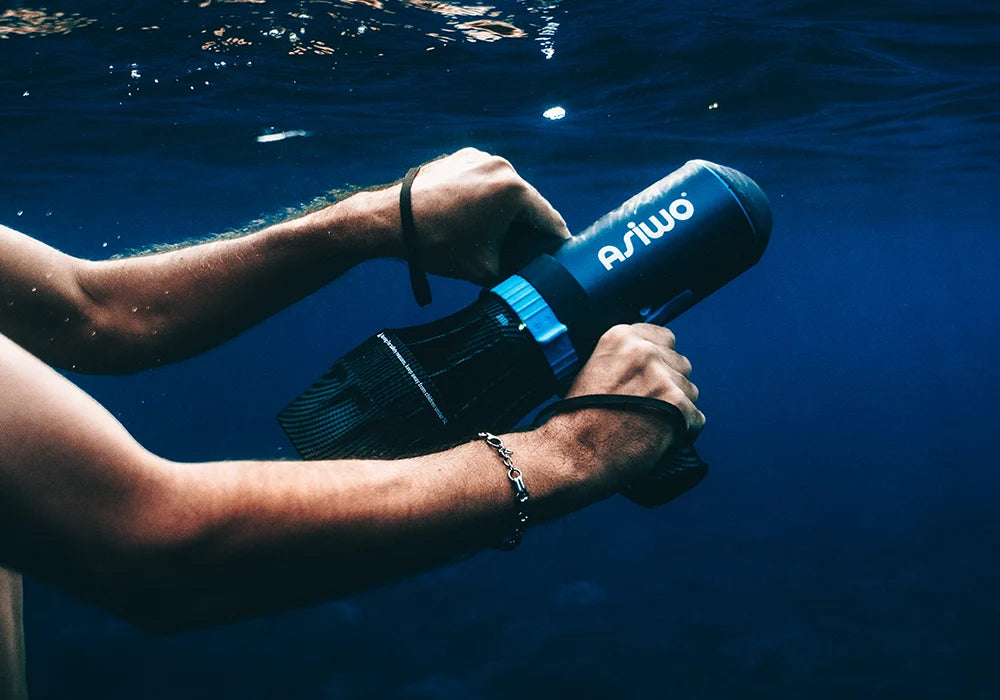




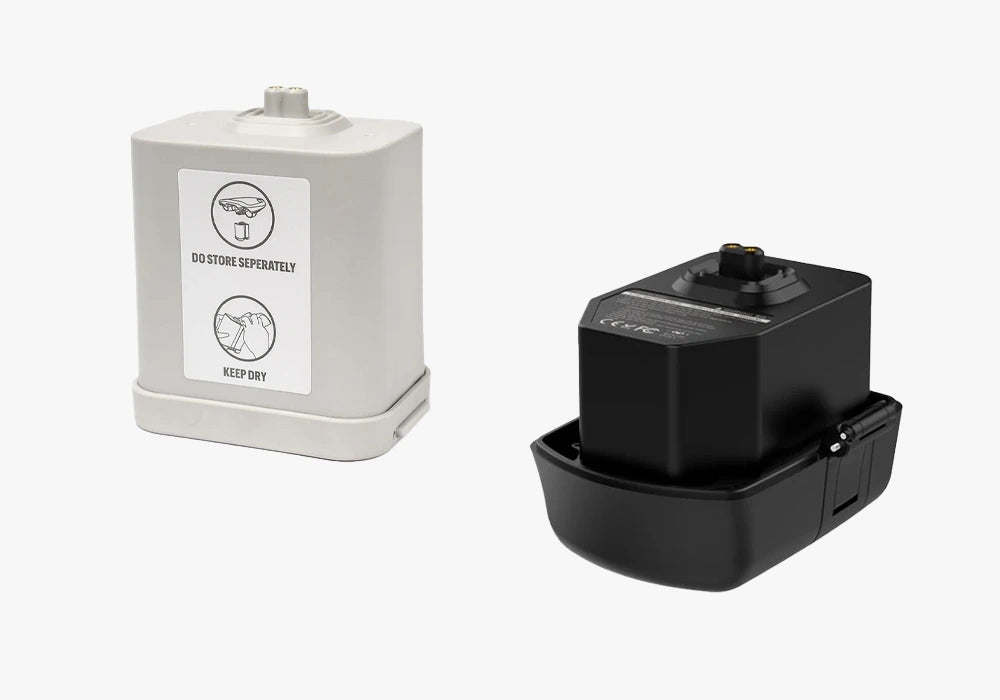





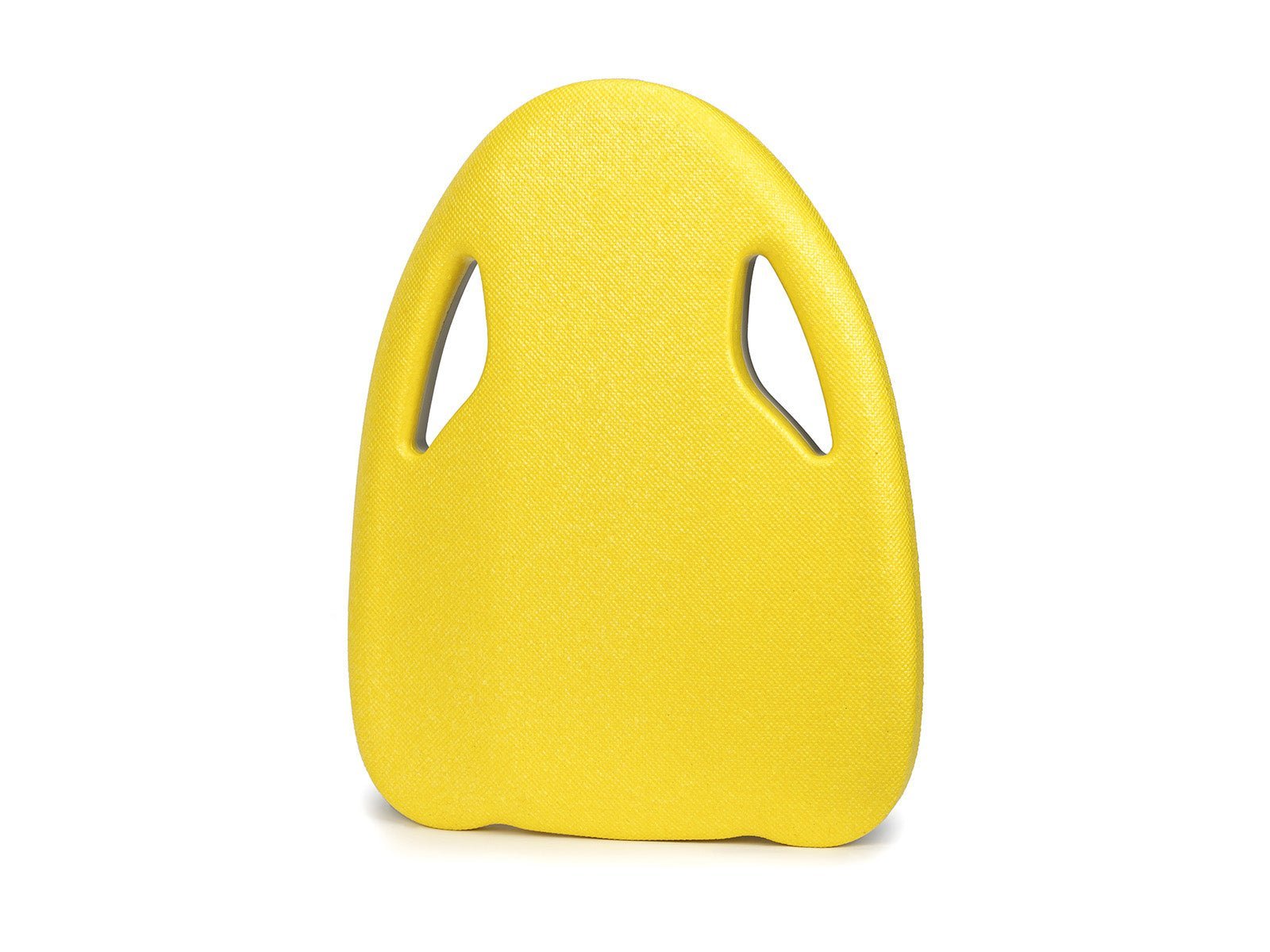
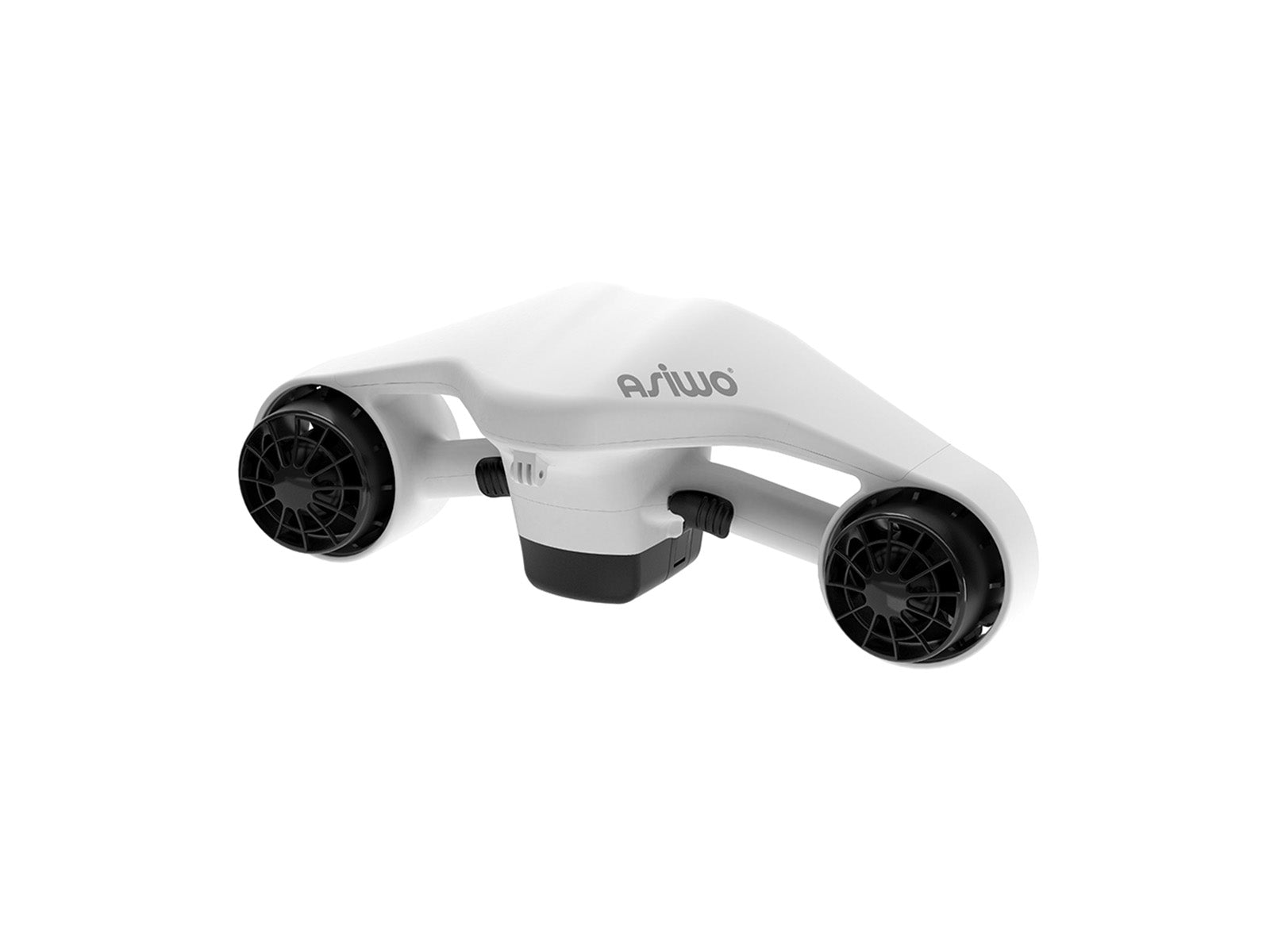
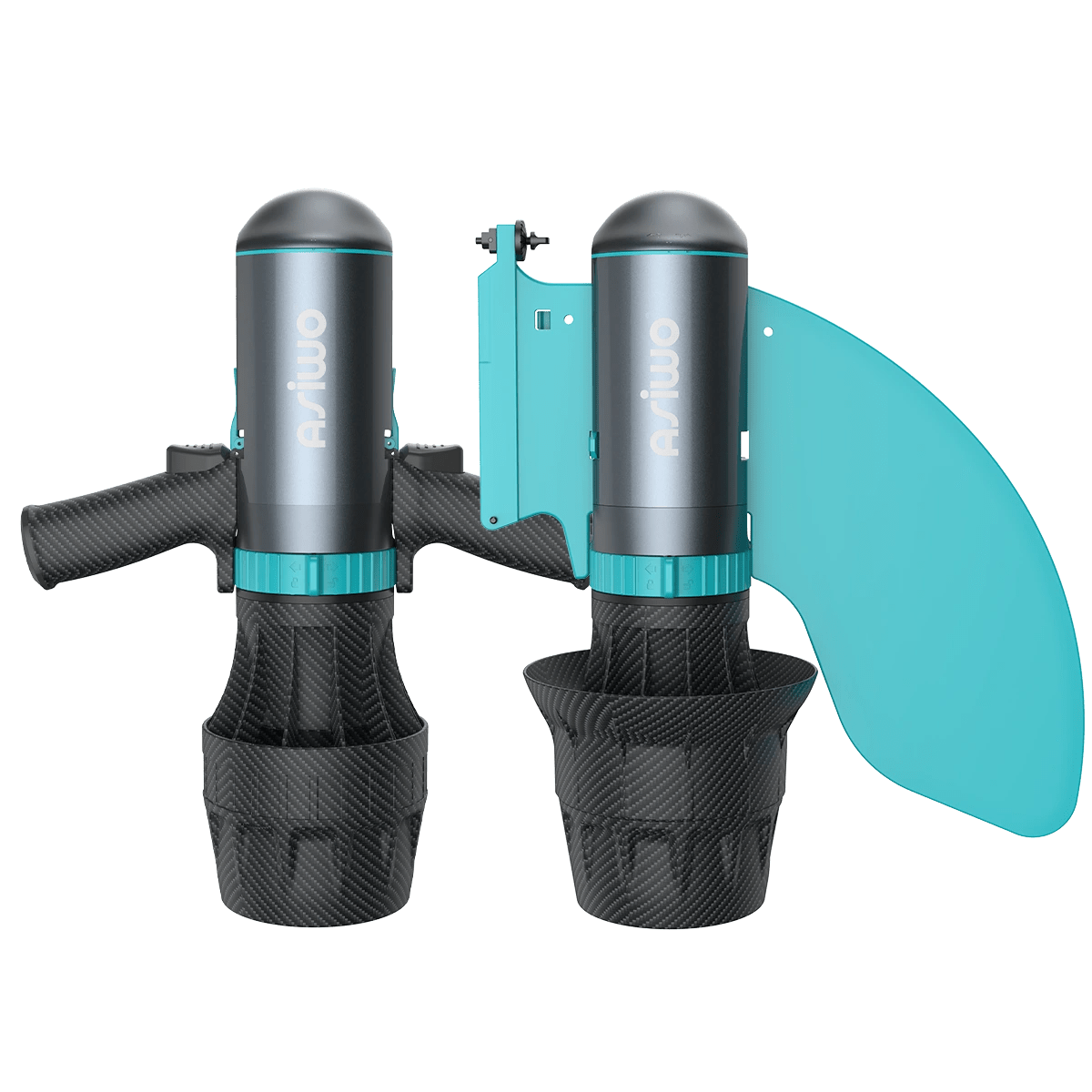




Lascia un commento